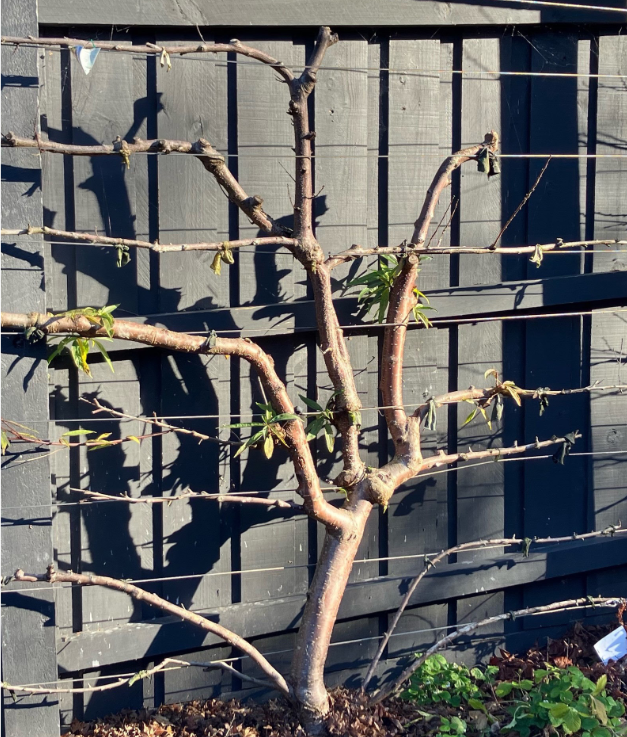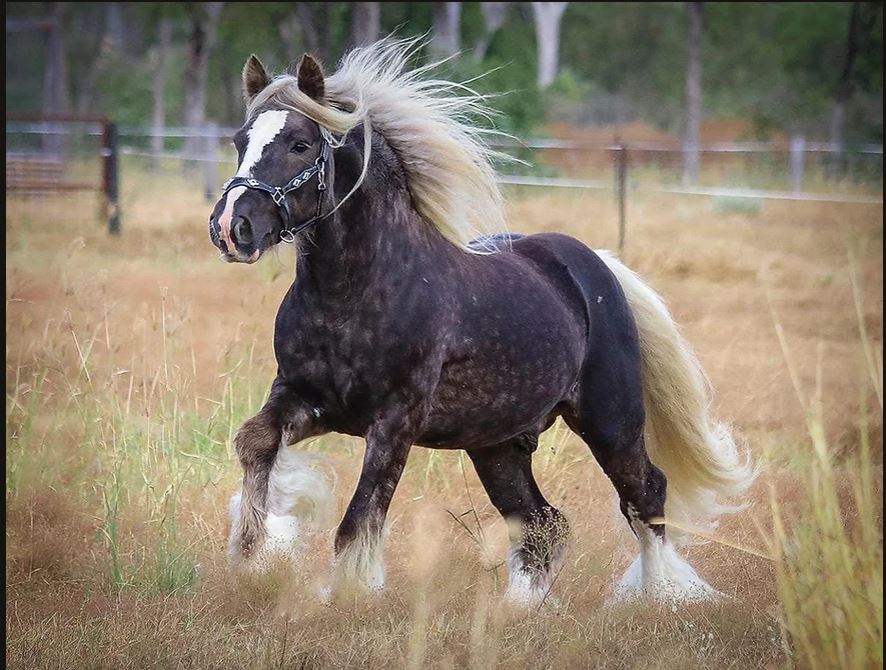July 22nd, 2024Glen, about the house

Pruning, the better way There’s a perennial gardening question that usually arises at about this time of year, that is after the “should we really get stuck into the tree with a saw and lop it right back?”.
And that is the “which format should we aim for – upright central trunk with branches radiating upwards, a neat, compact choice for smaller gardens, or the open centred, urn shape, pruned to allow plenty of light in for the fruit?”.
This works fine in the case of citrus, peaches, nectarines and other semi-tropical fruits, or where the fruit is sheltered by larger trees or buildings.
Pruning for the centre leader system really starts in the nursery, where the leader is not cut to encourage side shoots, but let go, and given proper nourishment it should grow up to 3-4 metres high, then produce four to six side shoots about a metre above the ground, in the same year. Four or five buds will develop to supply the side branches, and they will form the first crown.
This procedure, repeated every year, will make a multi-storey centre leader tree, leaving about a metre between crowns, and each crown having one less branch than the crown below.
This is a very economical and natural way to produce fruit. It also cuts out sun-scorch damage and splitting by excess crop or wind.
The centre leader always keeps the balance and acts as a safety valve. This shape suits all deciduous fruit trees which bear the crop on fruit on old wood, such as apples, pears, apricots, quinces, European plums, cherries etc.
Although cherries are best left alone unless it’s desperate, cherries loathe even the sight of secateurs or saws.
Nearly all the young trees produced and sold here were developed to grow as open, multi-branched trees especially for those deciduous trees that bear the fruit on young wood such as peaches, nectarines and Japanese plums, because of the more severe pruning needed to produce annual wood, which bears the fruit.
They do well on this system, providing some secondary branches are allowed to grow toward the centre of the tree to shield against sun scorch of the main limbs.
One more small but very important point that can have a great impact on the future success of the tree’s development is the necessity of its growing small spurs on the trunk below the first crown.
These are intended to strengthen the main trunk by preventing the sap from bypassing the main trunk. Usually these spurs bear the first fruit. After a few years, when they are no longer necessary, they can be cut off.
The main rule for pruning young trees is to see the main shape by cutting the main and side leaders to about two thirds so all the buds will grow without watershoots developing.
Fruitful fences
The espaliered orchard is God’s gift to space limited, would-be home orchardists. If you can’t spread out, then grow upwards and plant them up the fence, see above.
There is many an ugly garden fence that has been beautified by a trellis full of flowering or colourful-leafed vines.
So what’s to stop you from training a few fruiting apple, plum or other fruiting trees up along yours?
If you have the good fortune of having the timber framework and posts on your side you’re halfway there – use the rails to support the roll of sturdy galvanised timber or wooden lattice to support your choice of trees and plant them about three metres apart.
The rest is a cinch and I’ll give you the details in the next issue of The Local.
Got a gardening query? Email glenzgarden gmail.com










